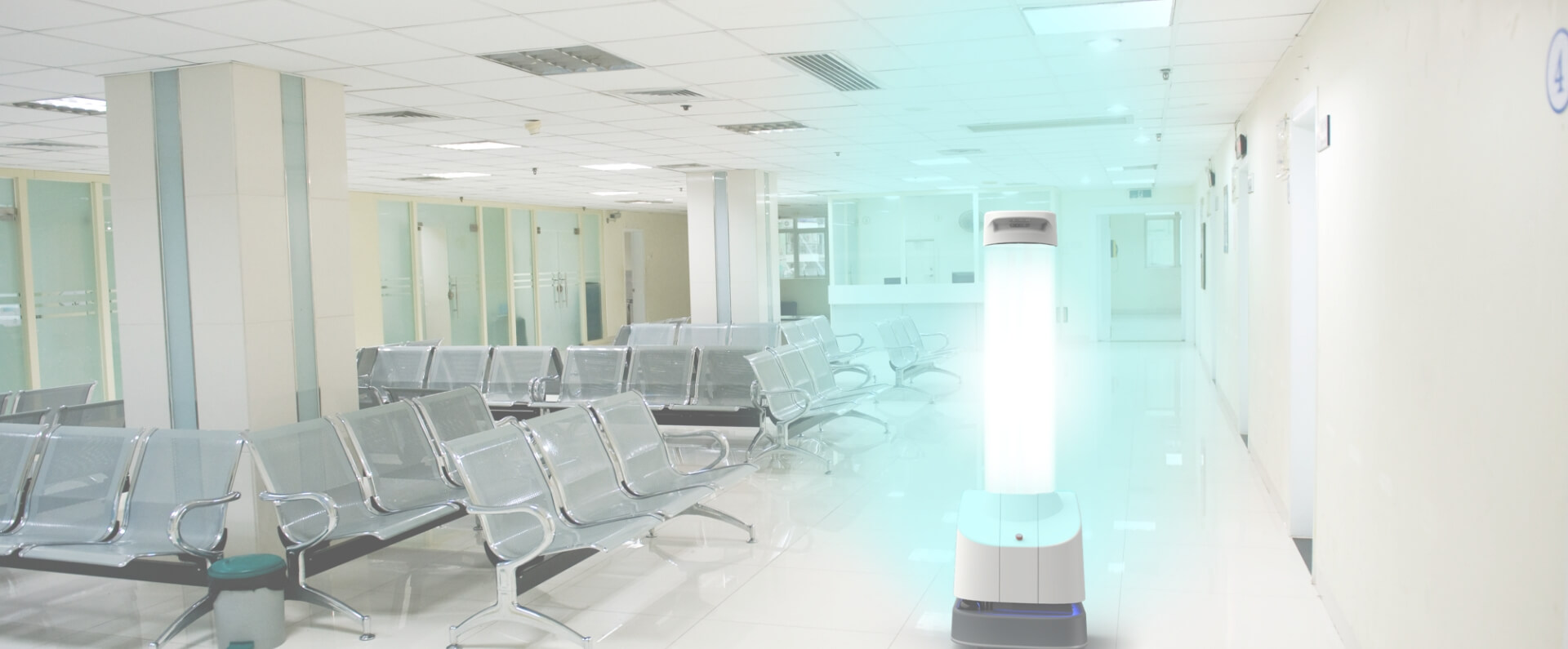bannerimage

UV-C rays are found in nature as they are generated by the sun, but the ozone layer in the atmosphere acts as a shield which stops them from reaching the earth’s surface.
The germicidal effect of UV-C radiation impacts bacteria, viruses, spores, fungi, moulds and mites; this is mainly due to the destructive effect of the UV-C light on their DNA, which damage their reproductive system and prevent them from replicating.
UV-C light is eco-friendly. When using normal disinfectants, environmental pollution is inevitable. They also carry severe risks from the direct inhalation of vapours or the ingestion of foods contaminated after coming into direct contact with chemical disinfectants.
Bacteria, viruses, spores, fungi, moulds and mites are all sensitive to UV-C light and can be eliminated by them and microbes cannot acquire resistance to UV-C light. Over time, microbes can acquire resistance to chemical disinfectants.
It is sensible to avoid direct, close-up exposure to sources of UV-C light even for short periods of time. However, UV-C light is not able to penetrate through glass and viewing a disinfection routine through glass will not cause any harm to the viewer. The UVD Robot is used by trained operators and has multiple safety mechanisms that prevent any human exposure to the UV-C light.
Ultraviolet Germicidal Irradiation (UVGI) is a disinfection method using UV-C light to destroy bacteria’s DNA structure leaving them unable to perform vital cellular functions.
The microorganisms lose their reproductive capability leaving them inactive and no longer able to spread and infect.
When a UV-C light is turned on, the number of microbes in the air and on all surfaces reached by the UV rays is reduced significantly. For example, in just a few minutes, harmful bacteria, viruses and micro-organisms can be reduced by 99.9999 % at a distance of 3 m from the device. The system can reach areas that would otherwise be unreachable with solid objects such as cleaning products and disinfectants.